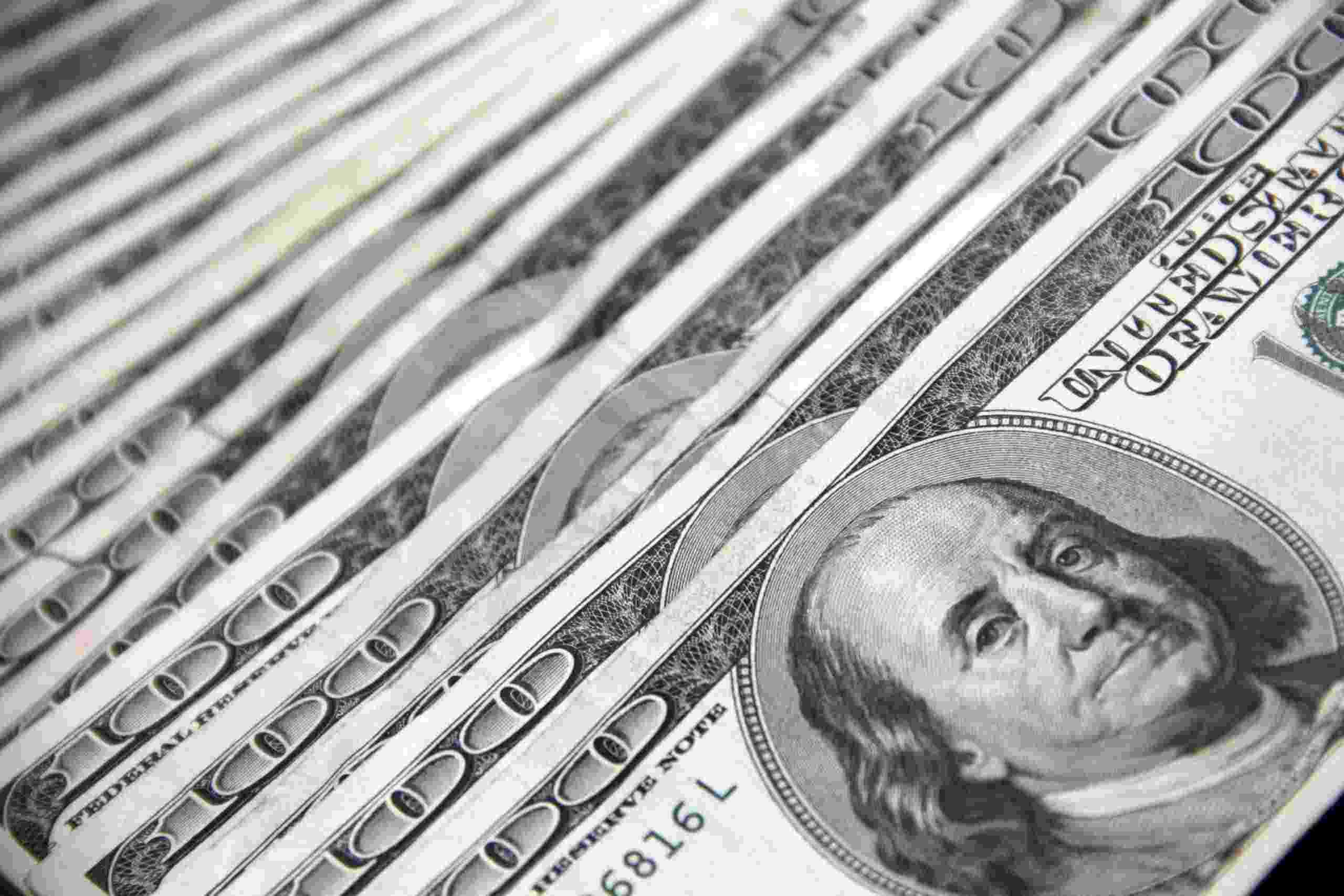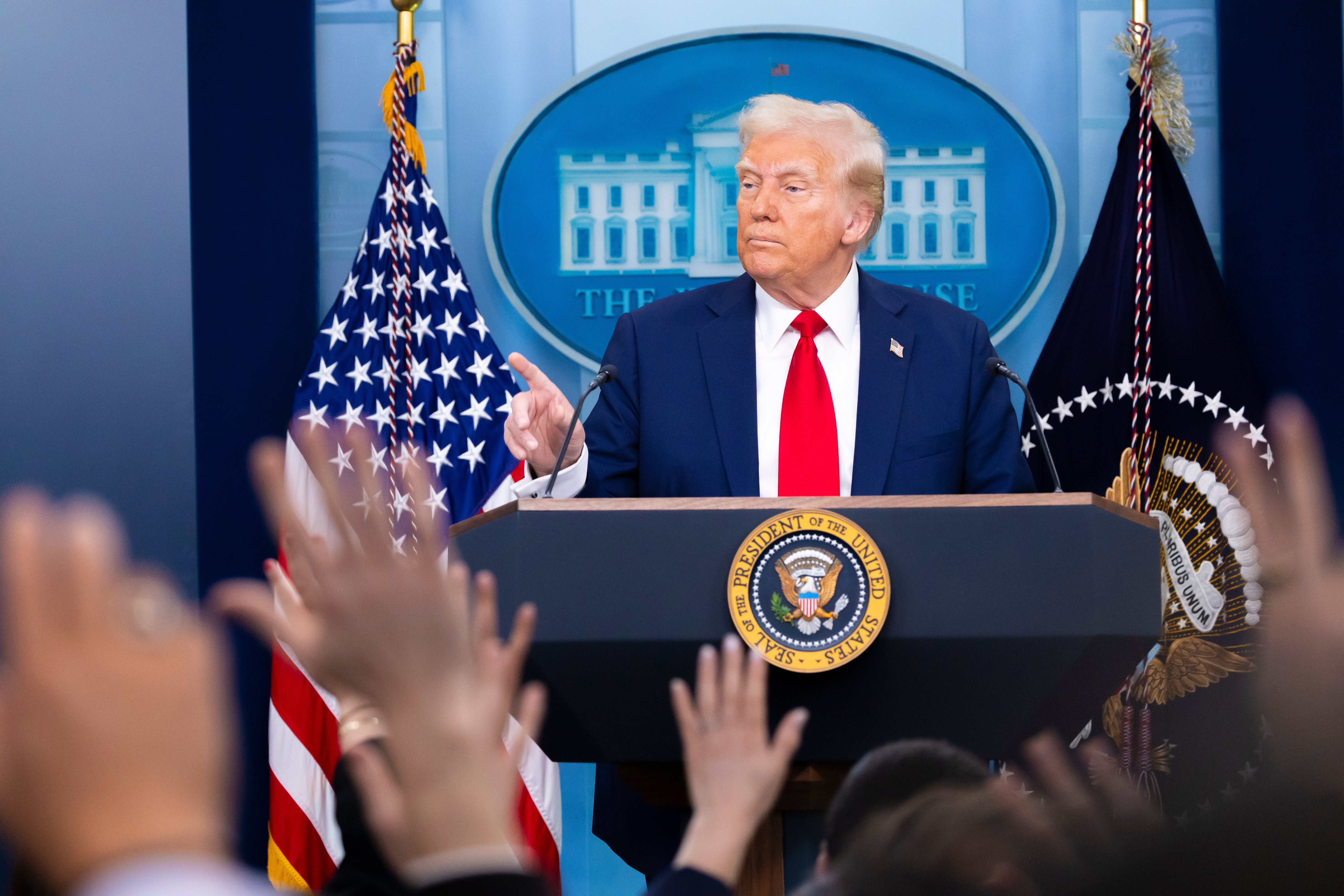Last year, whenever a TV was on, political ads seemed more inescapable than ever before. The barrage started in November 2019 with Michael Bloomberg’s nationwide ad onslaught. The airwaves quieted in early 2020 as Covid-19 lockdowns started in earnest and delayed primaries, but the ads came back with a vengeance in August. They remained a steady presence all the way through November (or January if you lived in Georgia). This was a remarkable increase in political ad activity from previous election years, completely altering political media trends. In 2020, more than twice as much was spent on political ads as was spent in 2018 (which itself broke records for political ad activity). A total of $7.95B was spent on political ads in 2020, far exceeding both 2018 ($3.53B) and 2016 ($2.31B). Though the Presidential race did draw the most spending, it was not the sole cause of record-highs.

The top of the ticket always drives spending, and Biden, Bloomberg, and Trump ended the cycle as the first, second, and fourth highest-spending campaigns of all time, respectively. However, spending on the presidential race was only one factor in such a remarkable topline spending total. More than $2.5B was spent on Senate races, a massive increase over previous cycles. This was partly driven by the hugely expensive runoffs in Georgia, but Senate spending would have easily outpaced previous records without the runoffs. As we have noted before, nine of the ten most expensive Senate races of all time occurred in 2020. Much of this spending was driven by an explosion in Democratic candidate cash.
Evolving Political Media Trends

When looking at Democratic and Republican candidate ad spending by year, 2020 saw huge growth, though not proportional between parties. While Republican candidate spending grew precipitously, it did not match the Democratic side. Notably, these numbers are skewed by the Democratic Presidential primary, which saw two self-funded billionaires spending hundreds of millions.

However, even if the presidential primary is excluded, Democratic candidates saw far more growth than their GOP counterparts. The graph above shows that Democratic candidates have generally had a small spending advantage in years past, but this small advantage became a $750M chasm in 2020. This trend is most evident in Senate races such as South Carolina and Kentucky where Democratic candidates Jaime Harrison and Amy McGrath used online stardom to become huge fundraisers in deep red states. These candidates, and many others, raised and spent sums that were previously reserved for self-funded billionaires or presidential candidates (or both!). Ossoff ultimately spent more than half of what Hillary Clinton spent on her presidential bid in 2016. Both parties have utilized digital platforms to supercharge their fundraising apparatuses. The billion-dollar questions hanging over the Democratic fundraising advantage is whether it can be maintained without Trump at the top of the ticket to galvanize donors. While President Biden’s more tempered approach to governing has been successful in winning the White House and garnering largely positive early reviews, it may not be as successful at driving small-dollar donors to delve into their wallets.
Candidate growth has been far from the only driver of spending, however. When looking at independent expenditures in 2016 vs. 2020 from major PACs, it is remarkable to look at the growth. Every group above spent considerably more in 2020 than they did in 2016, with some exceeding 3x growth in only four years. It is worth noting that, despite the growing concerns about money in politics, 2020 actually saw the lowest share of spending from issue groups in several years. For the first time since 2014, less than 50% of political expenditures were made by issue groups. This illustrates the impact that the internet has had in empowering small-dollar donors to a greater extent than we have seen in the post- Citizens United era.
While it would be a surprise if 2022 spending levels match the record-setting levels of 2020, there are reasons to think that the political media trends have shifted and they might come close. 2020 saw extraordinary levels of Senate spending, in a slate of states that were generally smaller and less expensive than those up in 2022. Additionally, there are currently (with the announcement that Senator Blunt will not run in 2022) five Republican Senators not running for reelection. With the Senate tied 50-50, just a single flipped seat could have huge consequences. The House was often overlooked in 2020, but still saw record spending. With a surprisingly strong GOP showing in 2020 that cut the Democratic majority to almost nothing, 2022 gives the GOP another shot to deny Democrats undivided control of the government. A huge potential for spending growth comes from the gubernatorial elections. Most seats are up in 2022 and if we see similar growth from 2018 as we have seen in Senate races, that could be the largest pool of spending in 2022.
With such tight margins in the House and Senate, every single seat in both chambers becomes crucial and tight races usually generate lots of spending. The largest question is whether the absence of Trump at the top of the ticket will hurt fundraising, and if it does, whether that pain will be felt equally on each side of the aisle.









